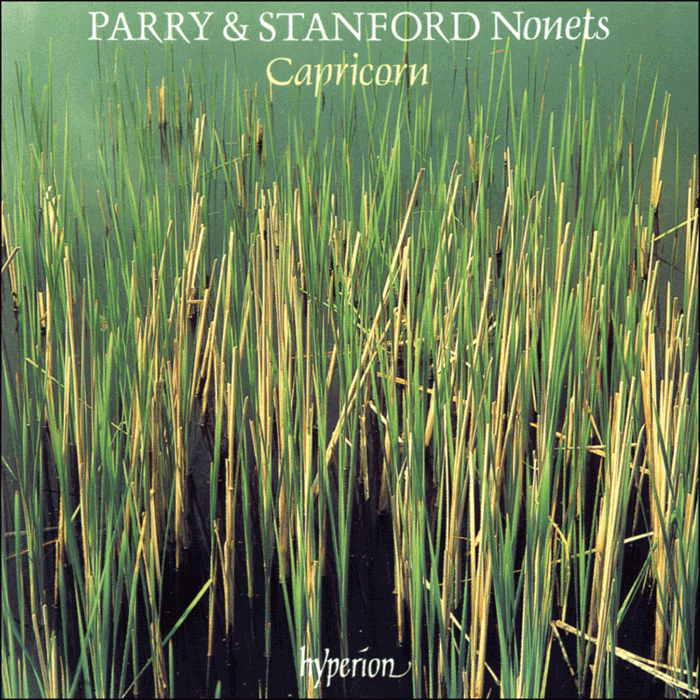Parry & Stanford: Nonets
Capricorn
CDA66291
In spite of the considerable technical developments in the design of wind instruments during the nineteenth century, the repertoire of wind music written during that time is surprisingly slender. During the Classical era, the genres of Harmoniemusik, and to a lesser extent the military wind band, had provided useful and interesting opportunities for composition. A large quantity of it was written purely and simply for light entertainment – a typical example being the Haydn divertimenti. However, the more intimate nature of, for example, Mozart’s serenades, indicate that there were also moves to explore the more serious possibilities of the idiom. Yet once the ideals of Romanticism had taken root later in the nineteenth century, the attractions of wind music dwindled considerably in preference to the expressive potential of strings. Certain works come to mind as important landmarks: Brahms’s Serenade in A (Op 16) for wind and lower strings (1858/9), Dvorák’s Serenade in D minor (Op 44, 1878), Strauss’s Serenade in E flat for 13 wind instruments (1881), and Gounod’s Petite Symphonie (1885, though not published until 1904).

